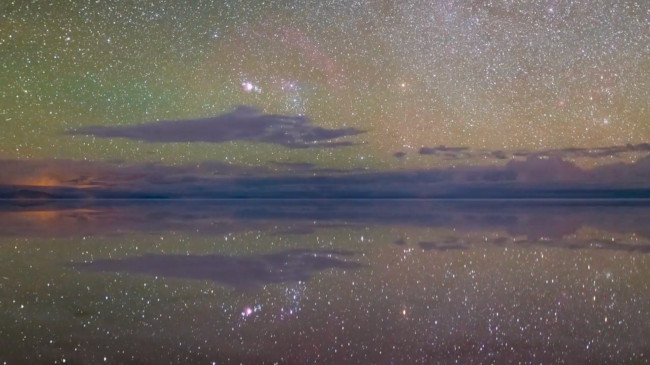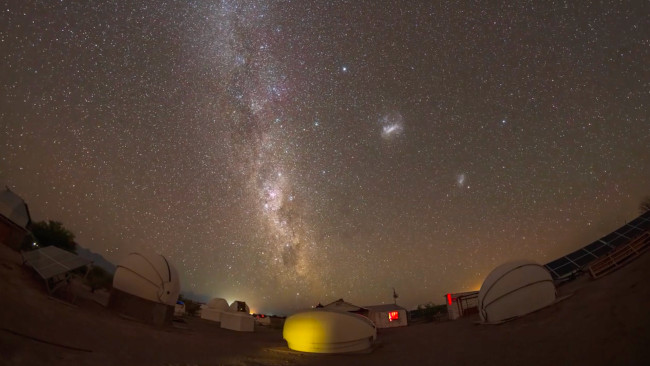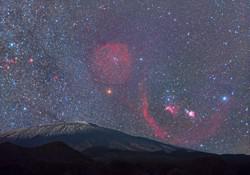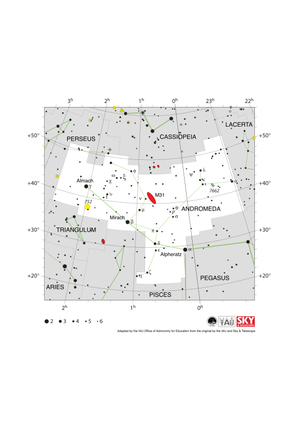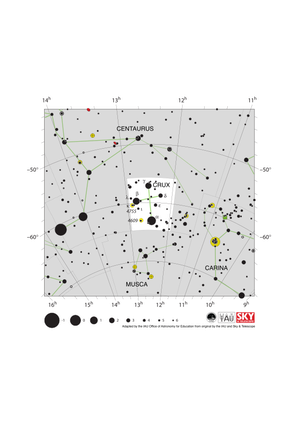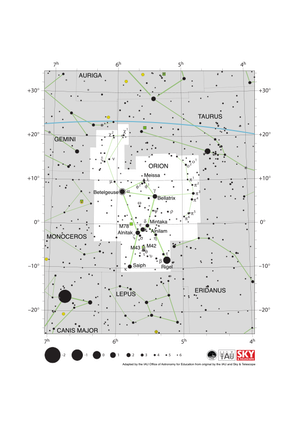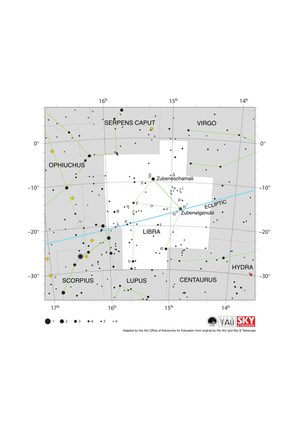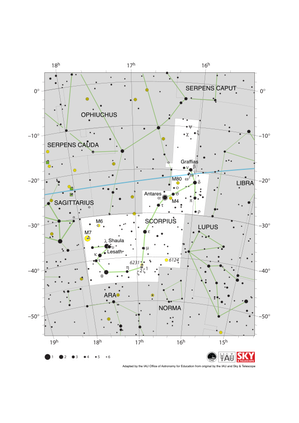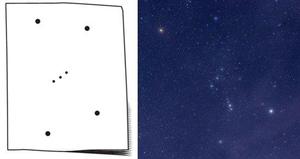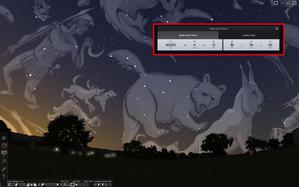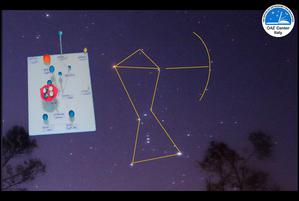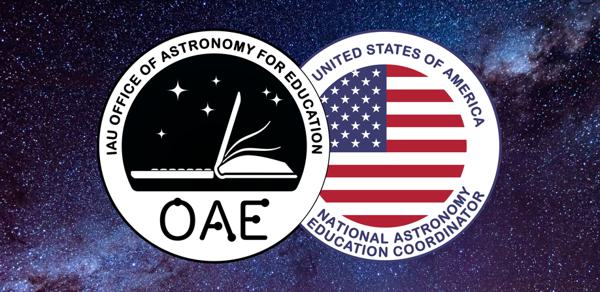Glossary term: नक्षत्र (तारामंडल)
Description: आधुनिक तकनीकी शब्दों में तारामंडल आकाशीय गोले का एक बहुभुज खंड है। अंतर्राष्ट्रीय खगोलीय संघ ने संपूर्ण खगोलीय क्षेत्र को ८८ क्षेत्रों-नक्षत्रों में विभाजित किया है। यह प्राचीन ग्रीस में उपयोग किए गए उन पर आधारित है, साथ ही हाल के परिवर्धन के साथ, विशेष रूप से दक्षिणी गोलार्ध में। ८८ नक्षत्रों में से प्रत्येक आकाश के एक निश्चित हिस्से पर कब्जा करता है, और इसलिए, प्रत्येक खगोलीय पिंड, सितारों से लेकर आकाशगंगाओं और निहारिकाओं आदि तक। किसी नक्षत्र से जोड़ा जा सकता है. राशि चक्र १३ नक्षत्र हैं जो क्रांतिवृत्त (आकाशीय क्षेत्र में सूर्य द्वारा खोजा गया वार्षिक पथ) को ओवरलैप करते हैं। १३ नक्षत्र हैं: ओफ़िचस, धनु, मकर, कुंभ, मीन, मेष, वृषभ, मिथुन, कर्क, सिंह, कन्या, तुला और वृश्चिक।
तारामंडल में तारों के समूह (तारांकन) होते हैं जो पृथ्वी से देखे गए पैटर्न का सुझाव देते हैं। इन पैटर्नों को काल्पनिक रूप से मनुष्यों, जानवरों या अन्य पहचानने योग्य वस्तुओं का प्रतिनिधित्व करने के रूप में वर्णित किया गया है।
Related Terms:
See this term in other languages
Term and definition status: The original definition of this term in English have been approved by a research astronomer and a teacher The translation of this term and its definition is still awaiting approval
The OAE Multilingual Glossary is a project of the IAU Office of Astronomy for Education (OAE) in collaboration with the IAU Office of Astronomy Outreach (OAO). The terms and definitions were chosen, written and reviewed by a collective effort from the OAE, the OAE Centers and Nodes, the OAE National Astronomy Education Coordinators (NAECs) and other volunteers. You can find a full list of credits here. All glossary terms and their definitions are released under a Creative Commons CC BY-4.0 license and should be credited to "IAU OAE".
If you notice a factual or translation error in this glossary term or definition then please get in touch.
Related Media
Between Two Skies
Credit: Fabrizio Melandri/IAU OAE
License: CC-BY-4.0 Creative Commons Attribution 4.0 International (CC BY 4.0) icons
Constellations from the World
Credit: Stephanie Ye Ziyi/IAU OAE
License: CC-BY-4.0 Creative Commons Attribution 4.0 International (CC BY 4.0) icons
Chilean Nights
Credit: Robert Barsa/IAU OAE
License: CC-BY-4.0 Creative Commons Attribution 4.0 International (CC BY 4.0) icons
Orion Rises Over Mount Etna
Credit: Dario Giannobile/IAU OAE
License: CC-BY-4.0 Creative Commons Attribution 4.0 International (CC BY 4.0) icons
The Culmination of Canopus
Credit: Fabrizio Melandri/IAU OAE
License: CC-BY-4.0 Creative Commons Attribution 4.0 International (CC BY 4.0) icons
Related Diagrams
Andromeda Constellation Map
Credit: Adapted by the IAU Office of Astronomy for Education from the original by IAU/Sky & Telescope
License: CC-BY-4.0 Creative Commons Attribution 4.0 International (CC BY 4.0) icons
Crux Constellation Map
Credit: Adapted by the IAU Office of Astronomy for Education from the original by IAU/Sky & Telescope.
License: CC-BY-4.0 Creative Commons Attribution 4.0 International (CC BY 4.0) icons
Orion Constellation Map
Credit: Adapted by the IAU Office of Astronomy for Education from the original by IAU/Sky & Telescope
License: CC-BY-4.0 Creative Commons Attribution 4.0 International (CC BY 4.0) icons
Libra Constellation Map
Credit: Adapted by the IAU Office of Astronomy for Education from the original by IAU/Sky & Telescope
License: CC-BY-4.0 Creative Commons Attribution 4.0 International (CC BY 4.0) icons
Scorpius Constellation Map
Credit: Adapted by the IAU Office of Astronomy for Education from the original by IAU/Sky & Telescope
License: CC-BY-4.0 Creative Commons Attribution 4.0 International (CC BY 4.0) icons
Related Activities
What is a Constellation?
astroEDU educational activity (links to astroEDU website) Description: Investigate three dimensional objects and perspective using constellations
License: CC-BY-4.0 Creative Commons Attribution 4.0 International (CC BY 4.0) icons
Tags:
Hands-on
Age Ranges:
6-8
, 8-10
Education Level:
Primary
Areas of Learning:
Modelling
, Social Research
Costs:
Medium Cost
Duration:
1 hour 30 mins
Group Size:
Group
Skills:
Analysing and interpreting data
, Asking questions
, Constructing explanations
, Developing and using models
Make a Star Lantern
astroEDU educational activity (links to astroEDU website) Description: Learn about constellations by building a star lantern.
License: CC-BY-4.0 Creative Commons Attribution 4.0 International (CC BY 4.0) icons
Age Ranges:
6-8
, 8-10
Education Level:
Primary
Areas of Learning:
Fine Art focussed
, Interactive Lecture
Costs:
High Cost
Duration:
1 hour 30 mins
Group Size:
Group
Skills:
Asking questions
, Communicating information
, Developing and using models
Moving constellations
astroEDU educational activity (links to astroEDU website) Description: Let's learn how stars in constellations move through time using real astronomical images.
License: CC-BY-4.0 Creative Commons Attribution 4.0 International (CC BY 4.0) icons
Tags:
Software
, Data analysis
, stellarium
, gaia
, hipparcos
, ursa major
Age Ranges:
10-12
, 12-14
, 14-16
, 16-19
, 19+
Education Level:
Middle School
, Secondary
Areas of Learning:
Guided-discovery learning
, Observation based
, Technology-based
Costs:
Free
Duration:
3 hours
Skills:
Analysing and interpreting data
, Asking questions
, Communicating information
, Developing and using models
, Engaging in argument from evidence
Orion constellation in 3D
astroEDU educational activity (links to astroEDU website) Description: Let's make a simple model of the Orion constellation
License: CC-BY-4.0 Creative Commons Attribution 4.0 International (CC BY 4.0) icons
Age Ranges:
8-10
, 10-12
Education Level:
Primary
Areas of Learning:
Guided-discovery learning
, Modelling
, Social Research
Costs:
Low Cost
Duration:
2 hours
Group Size:
Group
Skills:
Analysing and interpreting data
, Asking questions
, Developing and using models

